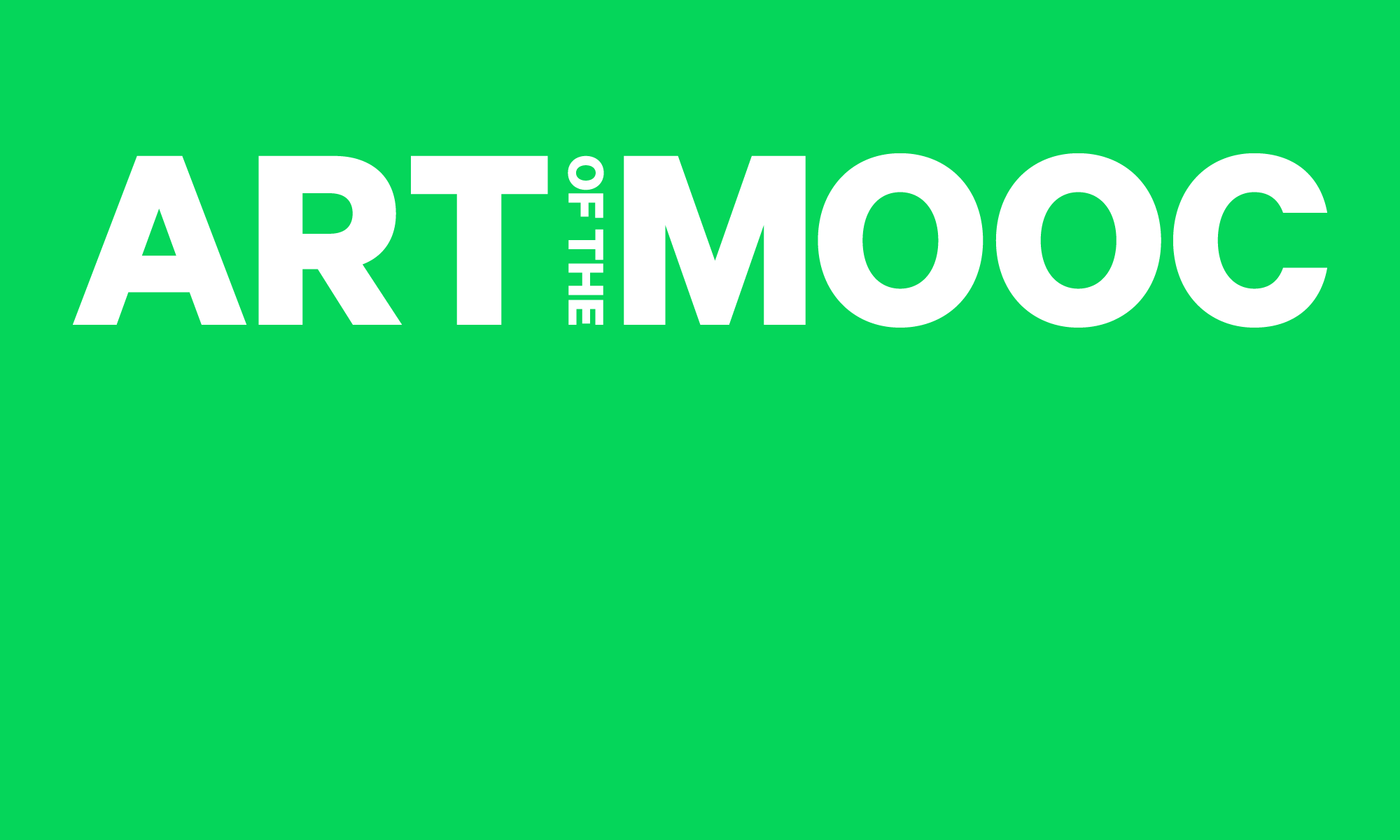Prior to coming to Duke University three years ago, I didn’t know exactly what to expect; I knew that I was attending a fairly liberal school, but was unsure of how my classes and lectures would be structured. Today as a junior, I can say that I have experienced many different methods used to learn and teach, which is why this week’s topic on challenging current education systems and finding alternative communities of learning is relatable for me. For example, as a freshman I took a course called Global Health 101; the professor, Dr. Boyd, was an innovative and energetic man. We had lectures twice a week; however, because Dr. Boyd was always traveling for his fieldwork largely in South America, there were times he couldn’t physically be there. Instead of cancelling class, Dr. Boyd would teach our class through Skype from wherever he was in the world. Literally, a huge screen was used and he would speak to our entire class from South America; it was a very cool experience as a freshman to be taught this way, which was drastically different from traditional teaching methods of being lectured in person for an hour and a half. Thus, the video lectures used in this class remind me of Dr. Boyd’s class in a way, as it is challenging the usual or the normal way of teaching. Personally, I think this helps the students stay more engaged as they can watch videos on their own time and replay them if necessary.

a wiki of socially engaged art